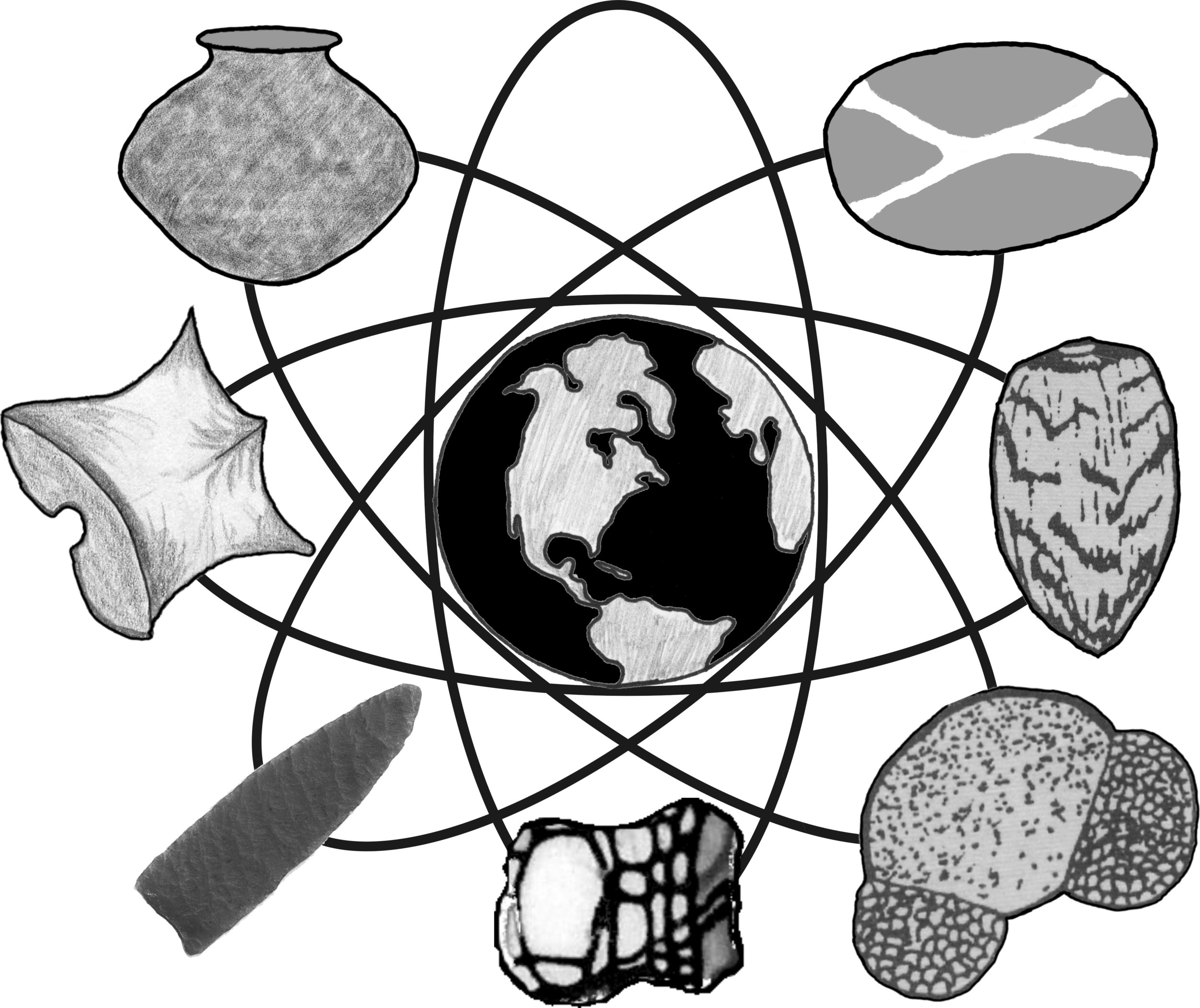FAQ
What sort of analyses do you perform at PaleoResearch Institute?
PaleoResearch Institute specializes in paleoenvironmental, archaeobotanic, and radiocarbon dating services. For a complete list and descriptions of all our available services, please visit our services index.
How do I submit samples to PaleoResearch Institute?
First, print out a copy of our work order and a provenience table from our forms menu. This will give you an idea of the information we like to see with submissions (you are not required to use our forms). There are also detailed instructions for sampling and packing your submissions. If you are unsure about any of the information or would like help determining what analyses are appropriate, don't hesitate to contact us.
Why do FTIR samples need to be handled differently than other samples?
FTIR is a fairly new form of analysis and, unfortunately, old methods of curation tend to foul up the highly sensitive equipment. If your samples have been contaminated by something that leaves a signature (which the FTIR machine can read), we will need to allow it to “off-gas” before it can be analyzed, delaying your project by several weeks. In some cases, incorrect handling or curating will completely negate our ability to perform an FTIR analysis particularly if the sample has been written on directly. Please visit the forms menu for a complete guide to the proper curation of FTIR samples.
How are samples returned after analysis is complete?
If you are in the United States and your samples are small enough to fit in a Medium Flat Rate mailing box, we will ship your samples back to you via USPS at our expense. International clients, clients with large samples, and clients who want their samples returned by FedEx, UPS, or other freight service will need to arrange shipping at their own expense. We are happy to pack your samples and communicate with you the dimensions and weight of your packages.
What can pollen, phytolith, and macrofloral analyses tell me about my site?
Pollen, phytolith, and macrofloral analysis can provide information concerning local and regional vegetation useful in reconstruction past vegetation in the vicinity of your site and interpreting paleoenvironmental conditions. Some plants are well represented in the pollen record when processed, some are evident in only the phytolith or the macrofloral records. If you are looking for something specifc, we can help guide you in determining which analysis is most apt for your purposes.
How is your pollen extraction technique different from other facilities?
Many labs use the same pollen extraction technique that has been around for decades and was originally designed to extract pollen from peat samples. This technique chemically burns away almost everything but the pollen, leaving the remains to be counted. Although this technique works well for peat, the number of archaeological sites that are situated on peat are somewhat limited. We have developed a technique that is considerably more gentle on the pollen and allows us to recover interpretable pollen from depositional environments as harsh as a sand dune. In short, your sample likely contains interpretable pollen and, if anyone can find it, we will.
For questions about appropriate sampling in the field, please visit our forms menu or contact us. We are happy to provide you with detailed information on collection techniques to help you secure excellent samples for analysis.

